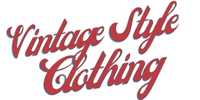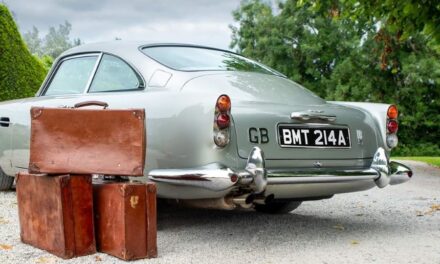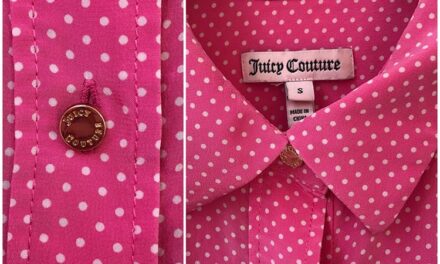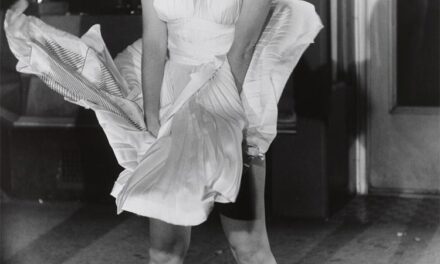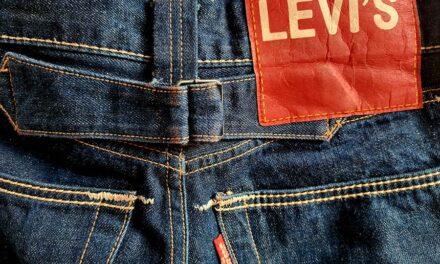Ah, Halston. Even the name drips with elegance, doesn’t it? A man who catapulted from Iowa to the glitzy streets of New York and wrapped the world around his impeccably tailored finger. There are fashion designers, and then there was Roy Halston Frowick, the one who made being American fashionable at a time when Europe still reigned supreme in the couture world. Halston didn’t just step onto the scene; he danced his way into fashion history, probably to the rhythm of disco beats and clinking champagne glasses at Studio 54.
I’ve always been captivated by how Halston transformed fashion into a lifestyle, an attitude. The man oozed chic simplicity, and every stitch of his clothing felt like luxury made tangible. He didn’t believe in over-complicating things. No unnecessary frills, no gaudy embellishments—just a sleek silhouette that let the fabric flow as effortlessly as his clients’ lives seemed to.
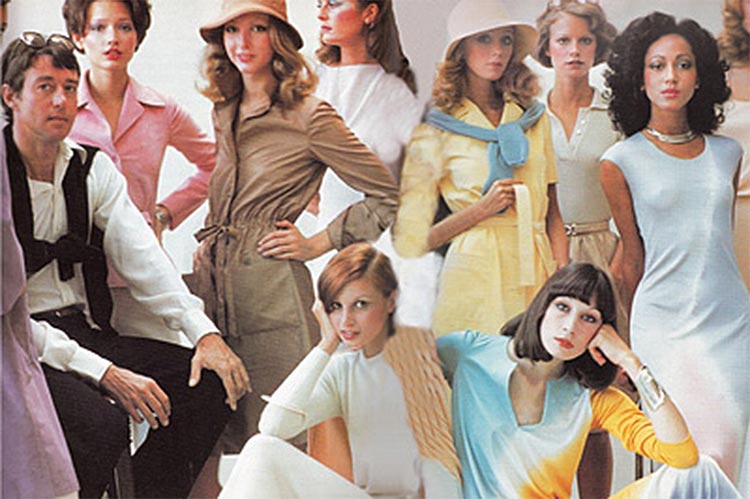
Studio 54 & Iconic Style
Picture it: the 1970s, Studio 54 pulsating with energy, and in walks Bianca Jagger draped in one of Halston’s impossibly perfect creations. Liza Minnelli is there, too, no doubt swathed in something equally dazzling. These women weren’t just wearing clothes—they were wearing freedom, confidence, power. That’s what Halston gave them. His designs, whether they were slinky jumpsuits or feather-light caftans, were a reflection of the fast-living, high-flying world of glamour that seemed both intoxicating and dangerous.
The designs? Oh, how they flowed! His maxi dresses, jumpsuits, and halter gowns didn’t just sit on a woman; they adorned her, turning each wearer into a vision of effortless grace. Halston was the king of fabrics like Ultrasuede and silk, materials that moved with a woman rather than against her. It’s no wonder his clothes were so beloved by jet setters, models, and actresses alike. They weren’t merely outfits—they were statements. If you wore Halston, you were someone.
Let’s be clear: Halston’s brilliance wasn’t in creating complexity. It was in his restraint. He knew that less was more, that a simple silhouette could say so much more than an overly adorned gown ever could. In a world of peacocks, he designed for the gazelle—sleek, elegant, powerful.
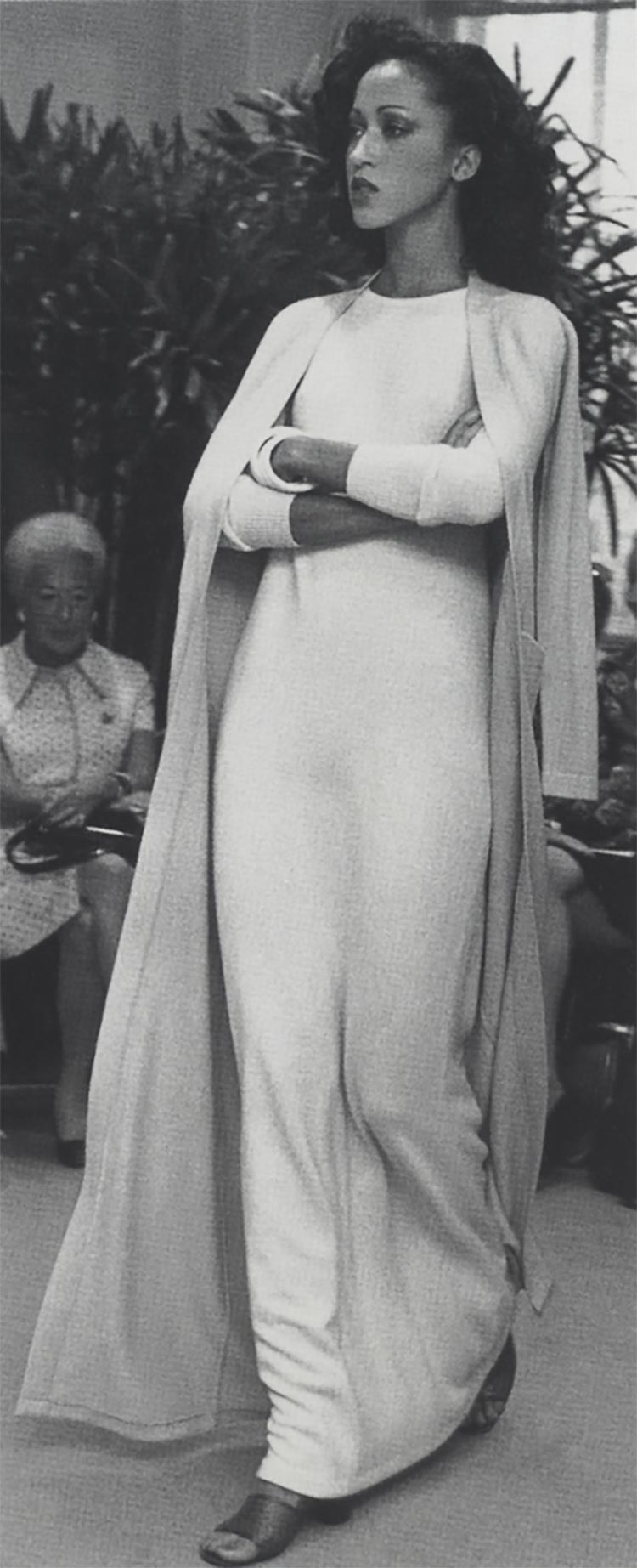
From Hats to Haute Couture
Now, this is the part of Halston’s story I adore. Before he was the darling of Studio 54 and the red carpet, Halston was a milliner. Yes, a humble hat maker, crafting the very headwear that would crown the First Lady herself, Jackie Kennedy. That iconic pillbox hat at JFK’s inauguration? Halston’s creation, darling! It was a moment that solidified his name, even if no one quite knew how far his talents would stretch just yet.
But hats were too small for Halston—literally and figuratively. By 1968, he’d ventured out on his own, launching a fashion line that would forever change American fashion. His first collection was a small one, only 25 designs. Yet, it shook the fashion world. The models didn’t just walk; they sashayed, twirling and posing to music. Gone were the days of stiff, lifeless showrooms. Halston brought the party, and the fashion elite quickly took notice. His collection was dubbed “the best in America” by 1972. An opulent title for an opulent man.
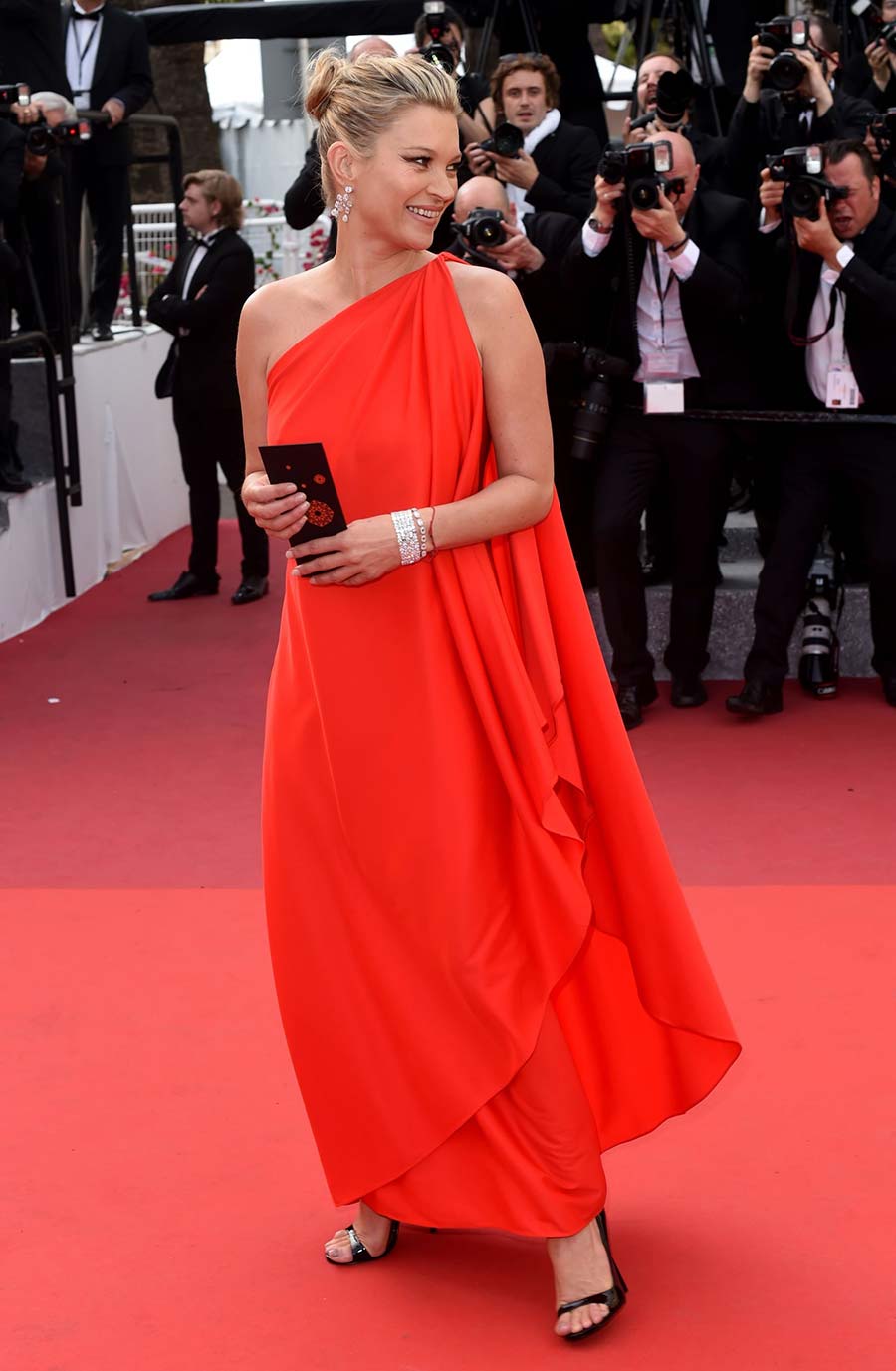
Innovator and Business Maverick
Halston’s genius didn’t stop with fashion. He was a branding innovator, something I deeply admire. The man knew how to expand his empire. When he teamed up with JC Penney in 1983, offering affordable fashion to the masses, some critics balked. Imagine! A designer of his stature going “downmarket.” But Halston knew better. He wasn’t just dressing the elite; he was dressing America. This was long before high-end designers partnered with big retailers became a trend. He was breaking new ground, bringing luxury to everyone.
And let’s not forget his foray into fragrances. The first celebrity perfume line—Halston was a pioneer even in that! His name wasn’t just a label, it was a brand, and he stamped it on everything from clothes to perfume bottles with a signature flourish. He was a fashion rock star, really. He didn’t need guitars and microphones. Just give him a roll of fabric, a mannequin, and a little Ultrasuede, and you had magic.
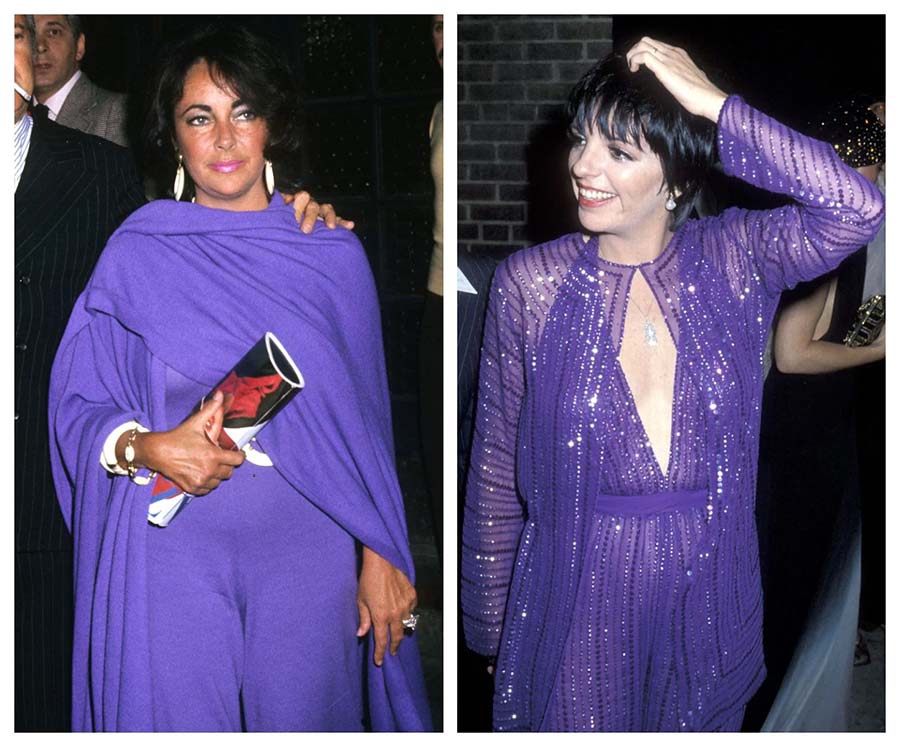
The Downfall
Of course, as with any great empire, Halston’s was not immune to collapse. His story is the stuff of fashion legends—a rise so meteoric, it was almost destined to fall. By the mid-1980s, Halston had lost control of his company, a victim of bad business decisions and an industry that moves faster than one can party at Studio 54. And party he did—too hard, perhaps. His empire dissolved, leaving the fashion world both stunned and saddened by the loss of one of its brightest stars.
But here’s where I believe Halston’s legacy becomes even more fascinating. Even after his fall, his influence never truly disappeared. His line was relaunched in 2008 under the name Halston Heritage, featuring those timeless, iconic pieces with a contemporary twist. I see these dresses on the red carpet now, and it feels like Halston’s spirit is alive again, dancing under the disco ball.
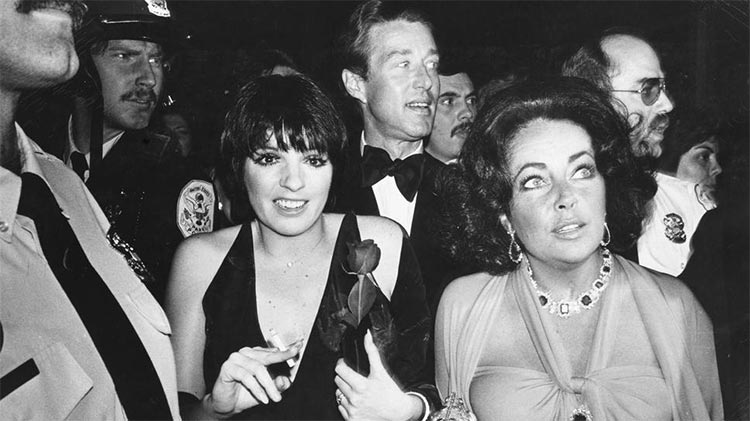
The Legacy
Halston’s impact on fashion goes beyond just his clothes. He made it clear that fashion could be both art and business, luxury and accessibility. He showed that a designer could be a celebrity, that a name could carry a whole empire. Even today, fashion houses are following the blueprint he created.
Halston lives on not just in fashion history but in culture. There’s been a Netflix series starring Ewan McGregor, documentaries, even entire collections dedicated to his legacy. I mean, how many designers can say they’ve had a Hollywood actor portray them? That’s the kind of cultural icon Halston was and continues to be.
So, the next time you slip into something sleek and minimal, raise a glass to Halston. America’s first fashion star, and in my eyes, still its brightest.
